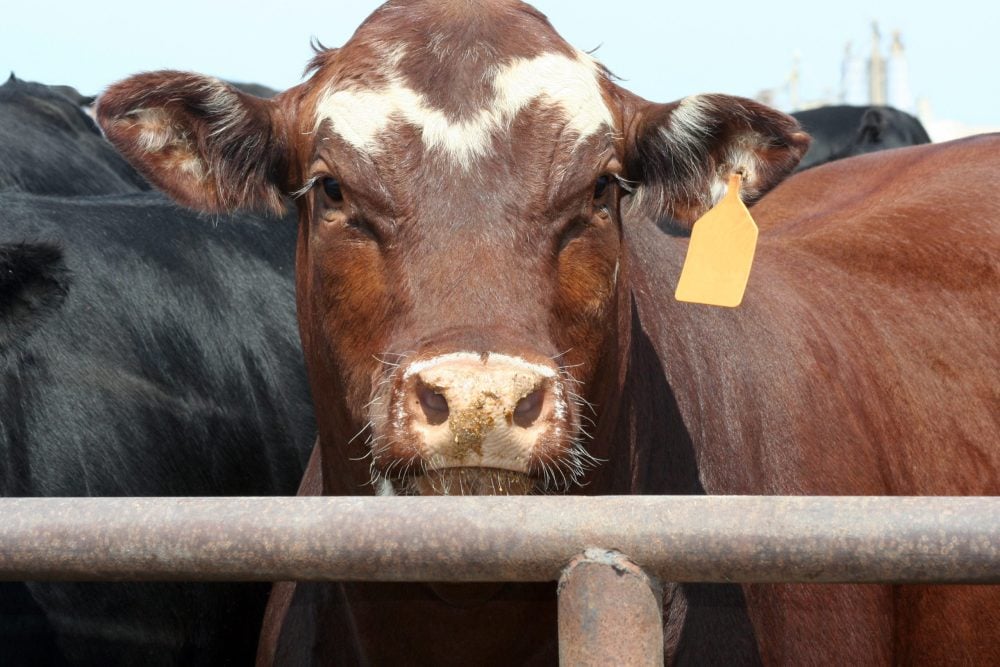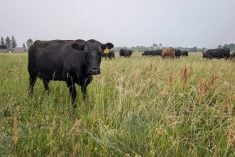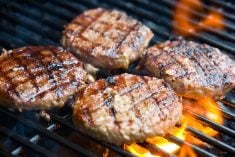The need for protective gear among horseback riders has been underlined in a Calgary study of the injuries that put them in hospital.
The study of 7,941 trauma patients treated at Calgary’s Foothills Medical Centre from 1995 to 2005 showed 151 people severely injured while horseback riding — 45 per cent of whom needed surgery and seven per cent of whom died from their injuries.
The study, done by trauma surgeons and an occupational therapist at the University of Calgary and Calgary Health Region, de-emphasizes rider or horse inexperience as factors, finding riders had an average of 27 years on horseback at the time of their injury. Both riders and horses were well trained 55 per cent of the time, and 47 per cent of patients had been injured before.
Read Also

U.S. livestock: Cattle futures plunge daily limits on beef price fears
Reuters — Most Chicago Mercantile Exchange live cattle and feeder cattle futures contracts fell their respective daily limits on Friday,…
“Previous studies assumed that major accidents on horseback were caused by rookie riders on untrained horses, or bad weather — something we now know is simply not true,” said study co-author and trauma surgeon Dr. Rob Mulloy in a release Sunday.
The study, he said, “tells us we need to focus our efforts on experienced horsemen and women, reminding them to respect their training, and embrace the safety equipment that saves lives.”
Injuries were mostly to the chest (54 per cent) and head (48 per cent), followed by abdominal injuries (22 per cent) and extremities such as arms or legs (17 per cent).
That said, while 64 per cent of riders interviewed believed in hindsight that their accidents were preventable, only nine per cent wore helmets. Mulloy told CBC News that the deaths cited in the study were “completely related to head injury.”
Occupational therapist and co-author Jill Ball said the study also points to the need for protective vests. The study says “chest trauma has previously been underappreciated.”
“I love horses, and I grew up on horseback,” Ball said in a release. “But now I wear a helmet and vest when I go riding.”
The study also downplays poor terrain or weather, noting most injuries seen in the Calgary teaching hospital’s study occurred in “wide open spaces (45 per cent) and on relatively good footing surfaces (38 per cent dry dirt and 37 per cent uncultivated land) on sunny (87 per cent) summer (55 per cent) afternoons.”
The authors also cited previous studies that show the hospital admission rate from horseback riding to be 0.49 per 1,000 hours of riding, compared with just 0.14 per 1,000 hours for motorcycle riders. Horseback riding in those studies also beat the hospitalization rates for skiing, football and rugby, the Calgary authors said.
The Calgary study was published in May in the American Journal of Surgery.















